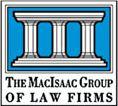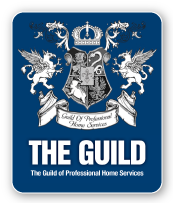
- Real Estate
- Criminal
- Notarizations
- ICBC
- Family
- Personal Injury
GARY J. LILIENWEISS
In land law, the term "estate" is a remnant of the English feudal system, which created a complex hierarchy of estates and interests in land. The allodial or fee simple interest is the most complete ownership that one can have of property in the common law system. An estate can be an estate for years, an estate at will, a life estate (extinguishing at the death of the holder), an estate pur auter vie (a life interest for the life of another person) or a fee tail estate (to the heirs of one's body) or some more limited kind of heir (e.g. to heirs male of one's body).
Fee simple estates may be either fee simple absolute or defeasible (i.e. subject to future conditions) like fee simple determinable and fee simple subject to condition subsequent; this is the complex system of future interests (q.v.) which allows concepts of trusts and estates to elide into actuarial science through the use of life contingencies.
Estate in land can also be divided into estates of inheritance and other estates that are not of inheritance. The fee simple estate and the fee tail estate are estates of inheritance; they pass to the owner's heirs by operation of law, either without restrictions (in the case of fee simple), or with restrictions (in the case of fee tail). The estate for years and the life estate are estates not of inheritance; the owner owns nothing after the term of years has passed, and cannot pass on anything to his or her heirs.
Legal estates and interests are called rights "in rem", and said to be "good against the world".
Equitable Estates
Superimposed on the legal estate and interests in land, English courts also created "equitable interests" over the same legal interests. These obligations are called trusts which will be enforceable in a court. A trustee is the person who holds the legal title to property, while the beneficiary is said to have an equitable interest in the property
 home
home
 contact
contact
 C21quesnel Homemove
C21quesnel Homemove






